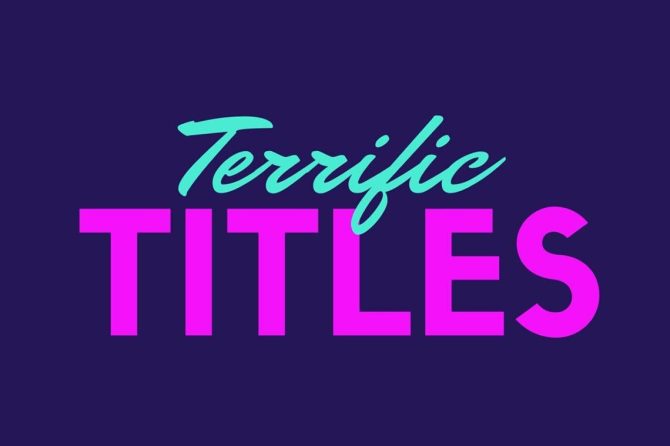If you’re an amateur golfer who struggles on par-3s, you’re not alone. But there is a strategy that can help you master these tricky holes and lower your overall score: think like a tournament professional.
According to James Ridyard, a top-100 golf teacher, the key to success on par-3s is to understand the golf course and the factors that affect your play. By adopting the mindset of a tournament pro, you can make more strategic decisions and, ultimately, shoot lower scores.
Here are 10 ways to think like a tournament professional on par-3s:
- Identify the hazards. Before you hit your tee shot, take a good look at the hole and identify any hazards that could come into play. This will help you choose the right club and make a more strategic decision about where to aim.
- Consider the wind. The wind can have a big impact on your shot on a par-3. Make sure to take it into account when you’re choosing your club and aiming your shot.
- Choose the right club. The club you choose will depend on the length of the hole, the wind conditions, and the hazards that you need to avoid. Don’t try to hit a hero shot; instead, choose a club that you can hit consistently and accurately.
- Aim for the center of the green. On a par-3, it’s more important to hit the green than to hit it close to the hole. Aim for the center of the green and give yourself a good chance to make a par.
- Don’t be afraid to lay up. If you’re not confident about hitting the green in one shot, don’t be afraid to lay up. This will give you a shorter second shot and a better chance of making par.
- Putt aggressively. Once you’re on the green, don’t be afraid to putt aggressively. Par-3s are often short, so you can afford to take a few more risks with your putts.
- Don’t get discouraged. Par-3s can be challenging, but don’t get discouraged if you don’t master them right away. Keep practicing and eventually you’ll start to see improvement.
By following these tips, you can improve your course management skills and start shooting lower scores on par-3s. So next time you’re faced with a par-3, don’t be afraid to think like a tournament professional. It just might help you lower your score.

Understanding the Par-3 Psychology
Par-3s can be tricky, mentally and physically. Here’s how to understand the psychology behind these holes and improve your approach:
Analyze the Distances:
Before teeing off, carefully analyze the distance to the hole. Unlike par-4s or par-5s, par-3s don’t typically offer multiple tee options. Therefore, it’s crucial to assess the distance and choose the right club to ensure an accurate shot. Remember, club selection is paramount in par-3s.
Account for Wind and Elevation:
Wind and elevation can significantly impact your shot. Learn to read the wind direction and strength, as well as the slope of the green. By accounting for these factors, you can adjust your shot accordingly and increase your chances of landing it closer to the hole.
Manage Your Expectations:
Par-3s often lure golfers into thinking they can make birdie or even eagle. While it’s important to be ambitious, it’s equally crucial to manage your expectations and focus on making par or bogey. Treat par-3s as scoring opportunities, not birdie-hunting missions.
Avoid Risky Shots:
The desire for a low score can tempt golfers to take risky shots, such as hitting over hazards or attempting tricky approach shots. However, on par-3s, it’s generally wiser to play it safe and prioritize accuracy over distance. Conservative shot-making will help you avoid penalties and keep your score in check.
Course Management: A Tournament Professionals Approach
To master par-3s like a tournament pro, you need to assess the course conditions thoroughly. Consider the wind direction and speed, as well as the slope and undulations of the green. This information will help you select the appropriate club and shot shape.
When selecting your club, consider the distance to the hole, the wind conditions, and the elevation change. Aim for a club that will give you sufficient distance to reach the green without overshooting it. If the wind is blowing into your face, you will need to use a longer club to compensate for the resistance.
Once you have selected your club, you need to determine the best shot shape for the conditions. If the wind is blowing from left to right, you will need to aim slightly to the left of the hole to compensate for the wind’s effect on the ball flight. If the green is sloping from back to front, you will need to hit a higher shot to land the ball on the green and give it a chance to roll towards the hole.
you need to execute your shot with precision. Make sure to focus on a specific target on the green and swing smoothly and rhythmically. Avoid rushing your shot or trying to hit it too hard. With practice, you will be able to consistently hit accurate shots to the green, giving yourself a great chance to score par or better on par-3s.
Executing Strategic Shots Like a Pro
-
Short par-4s can be conquered with a well-executed strategy. Stay in control: Aim for the front of the green to ensure a manageable putt, rather than attempting a risky long shot.
-
Assess the approach: Determine the pin’s location, measure the distance to the green, and adjust for wind and elevation changes. Selecting the right club is crucial for hitting the green in regulation.
-
Highlighting Key Points:
| Key Point | Description |
|---|---|
| Identify pin location | Determine the distance to the green |
| Assess wind conditions | Account for elevation changes |
| Select a conservative club | Prioritize accuracy over distance |
| Aim for the front of the green | Ensure a manageable putt |
- Mastering strategic shots requires a disciplined approach and sound decision-making on the golf course. By following these steps, you can significantly improve your chances of successful par-4 execution. Remember, patience and precision are key to dominating even the most challenging short par-4s.
Lower Scores: The Ultimate Outcome
By thinking like a tournament professional, you not only master par-3s, but also pave the way for overall lower scores. Here’s how:
-
Improved Course Management: Pros meticulously study the course, accounting for hazards, wind, and slopes. Emulating this mindset enables you to make well-informed decisions on club selection, shot placement, and risk management.
-
Strategic Shot-Making: Tour pros prioritize hitting the green, even if it means sacrificing distance. Avoiding potential hazards and reducing the number of approach shots ultimately lowers your score. Consider using a less-than-ideal club to ensure accuracy over length.
-
Fine-Tuned Approach Shots: Tournament professionals excel at hitting the ball close to the hole, minimizing putts. Practice your approach shots diligently, focusing on precision and consistency. Use yardage markers and course knowledge to judge distances accurately.
-
Pressure-Tested Mindset: Pros thrive under pressure, maintaining focus and composure. By adopting their mindset, you can overcome fear and negative thoughts, enabling you to execute precise shots even in challenging situations. Remember, it’s not just about technical skills, but also mental toughness.
This article provides practical advice that can improve any player’s performance on tricky par-3s. By understanding the factors influencing green reading and shot shaping, golfers can find a working strategy that turns a daunting challenge into an enjoyable success.





